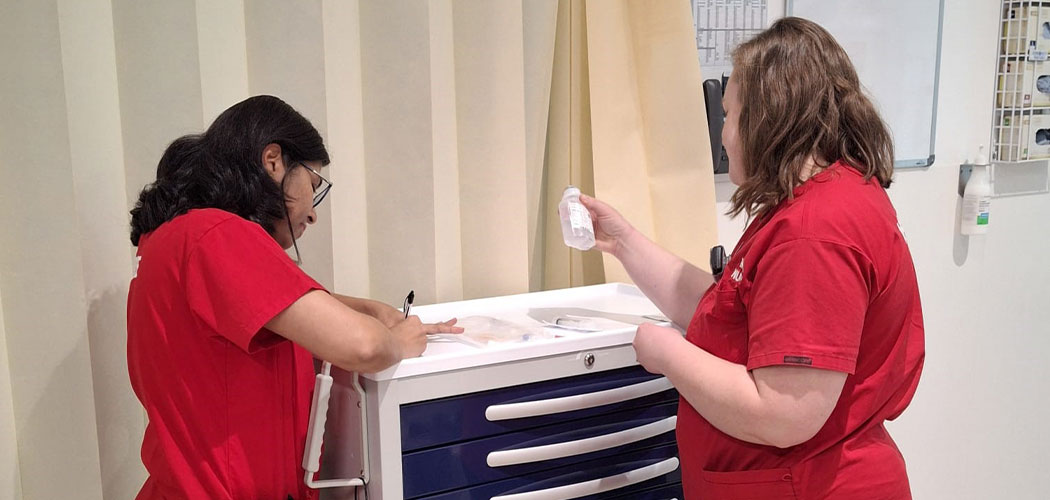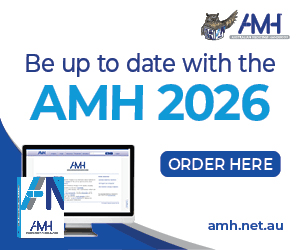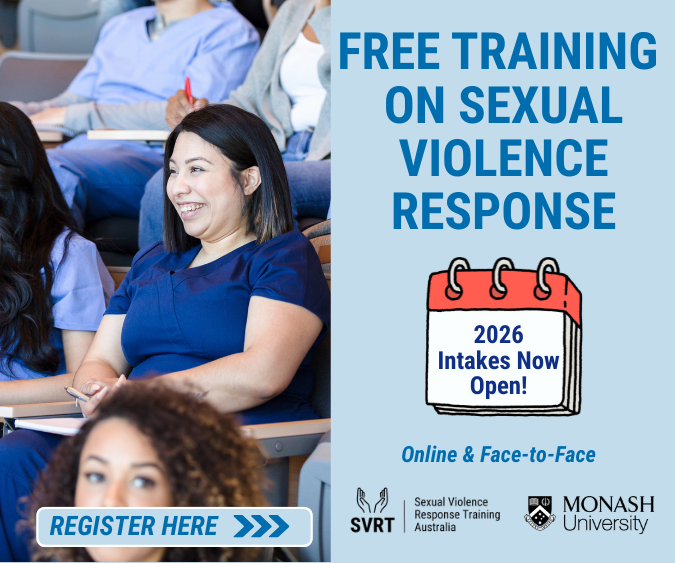Volume 42, Issue 3 of the Australian Journal of Advanced Nursing (AJAN) is now live.
As the official peer-reviewed journal of the Australian Nursing and Midwifery Federation (ANMF), AJAN is committed to publishing high-quality scholarly work that is of critical relevance to nursing and midwifery audiences in professional, clinical, research, education, management, and policy roles.
In this issue of the Australian Journal of Advanced Nursing:
A regional nurse-led abdominal paracentesis service is shown to be safe and feasible in a retrospective analysis by Van Lambaart and Rong. The study, conducted at a regional health service, found a 97% success rate over 59 procedures performed by an Advanced Practice Nurse (APN). The complication rates were low and comparable to published studies from other countries. This model of care is presented as a way to improve healthcare access for patients with cirrhosis in regional Australia and address workforce maldistribution. This is believed to be the only known regional hepatology service providing nurse-led abdominal paracentesis in Australia and New Zealand. DOI: https://doi.org/10.37464/2025.423.2215
Fildes and colleagues examine the impact of rapid response team (RRT) nursing models on patient outcomes. A single-centre retrospective study compared a dual-role ICU/RRT nursing model with a partially dedicated RRT model. The study found that RRT calls attended by dual-role nurses were associated with a more than threefold higher odds of death and double the odds of patient transfer off the ward compared to those attended by dedicated RRT nurses. The introduction of dedicated RRT nurses was also associated with a significant reduction in in-hospital cardiac arrests and RRT-recorded deaths. DOI: https://doi.org/10.37464/2025.423.2204
A quality improvement project by Clark and colleagues successfully decreased the neonatal intensive care unit (NICU) length of stay for term babies needing short-term respiratory support. By implementing a new guideline incorporating a nurse-led decision-making model, the mean NICU stay was significantly reduced from 21.4 to 14.0 hours. The project also led to a significant decrease in the use of intravenous glucose infusions and the time to the first enteral and suck feeds, with no evidence of adverse outcomes. DOI: https://doi.org/10.37464/2025.423.2100
Queirós and colleagues present a qualitative study exploring patients’ perspectives on promoting tracheostoma self-care. Through interviews with 17 patients, the study identified the significant challenges of living with a tracheostoma and the crucial role of self-care in rebuilding autonomy. Participants highlighted the need for nursing interventions to be sensitive to their individual needs, preferences, and readiness, identifying key content, strategies, and timing for effective self-care promotion. DOI: https://doi.org/10.37464/2025.423.1346
Icim and colleagues explore the motivation and ability of Victorian midwives to contribute to maternity service reform, particularly the expansion of midwifery continuity of care (MCoC) models. The study found that while midwives support reform, they often feel powerless to contribute due to systemic issues like medical dominance, lack of institutional support, limited knowledge of reform agendas, and insufficient exposure to MCoC models during their education. The paper suggests that with better education, supportive leadership, and a stronger professional identity, midwives could become more active agents of change. DOI: https://doi.org/10.37464/2025.423.1135
Xiong and colleagues provide a discussion paper on the origin, evolution, and definition of comprehensive care. Originating in the 1950s-1960s as a response to fragmented, disease-focused care, the concept has evolved but remains poorly defined. The authors identify three defining characteristics—person-centredness, multidisciplinary collaboration, and care coordination—and propose an operational definition to support more consistent understanding, research, and implementation in healthcare. DOI: https://doi.org/10.37464/2025.423.1229
We thank all contributors and reviewers for their thoughtful work and dedication to advancing nursing and midwifery scholarship. We hope the articles in this issue provoke critical discussion, inform best practices, and inspire continued innovation across the profession. You can read the latest AJAN issue here.








